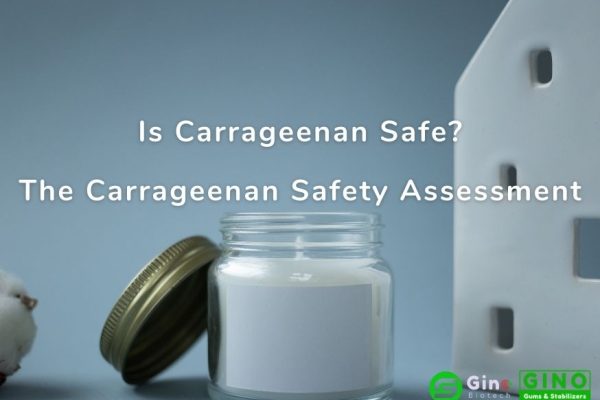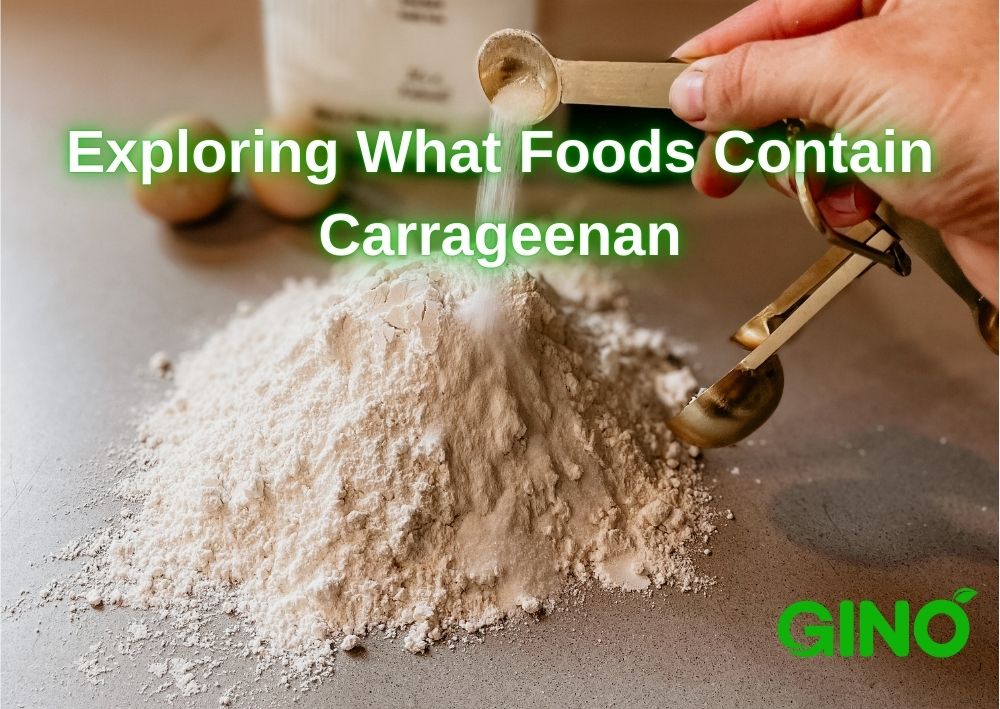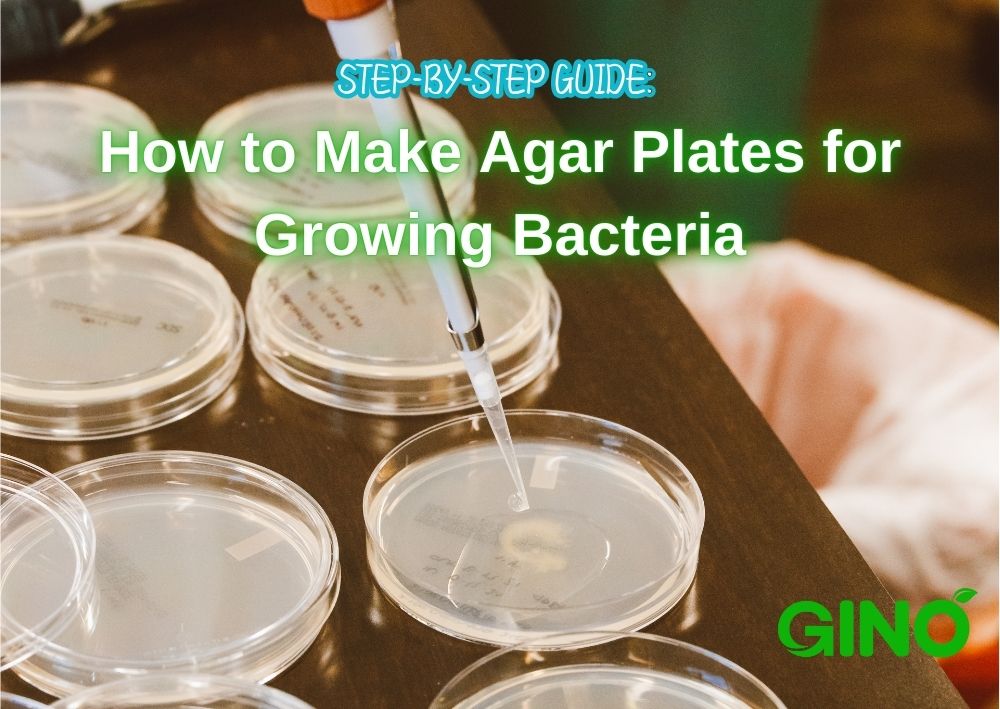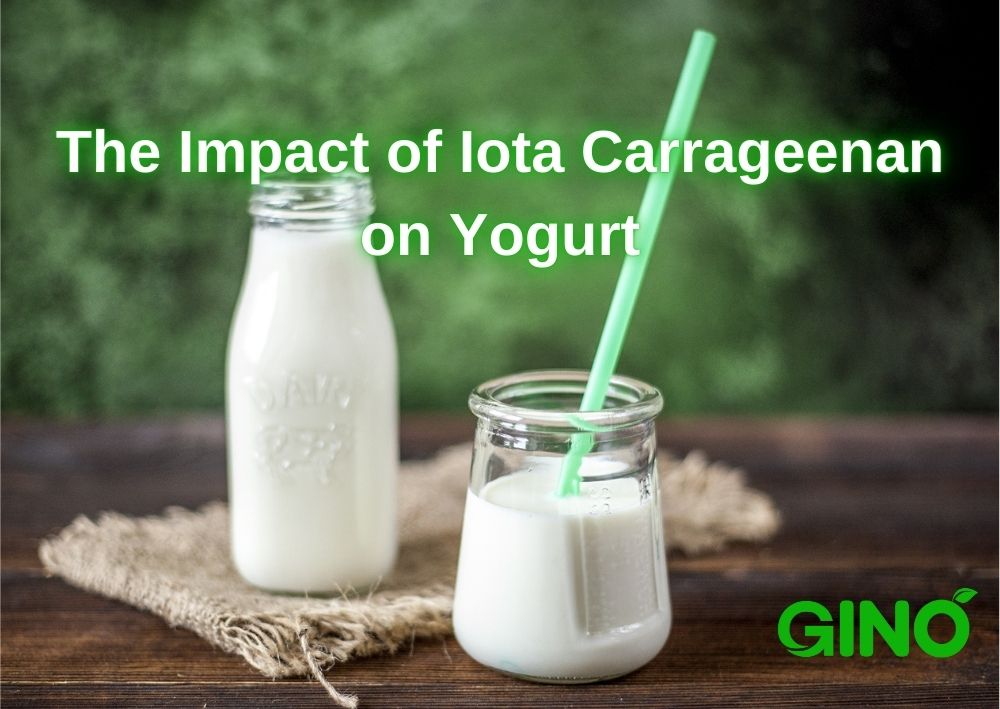For over 10 years, Gino Biotech has been a major supplier of food hydrocolloids. With our variety of plant-based gums & stabilizers, we can create tailor-made hydrocolloid solutions perfectly matched to the needs of our customers. READ MORE
Differences Between Regular Agar and Low-Temperature Quick Soluble Agar
Regular Agar and Quick Soluble Agar
Facebook
Twitter
LinkedIn
Agar-agar is a natural gelling agent that is derived from seaweed. It has been used for centuries in many Asian cuisines and is also gaining popularity in Western cooking. In recent years, a new type of agar-agar has emerged on the market known as low-temperature quick soluble agar, or spreadable agar.
In this article, we will explore the differences between regular agar-agar and low-temperature quick soluble agar.

1. Gel Strength
The gel strength of agar-agar is determined by its ability to form a firm gel. Regular agar-agar typically has a higher gel strength than low-temperature quick soluble agar. This means that regular agar-agar will create a firmer gel than low-temperature quick soluble agar with the same dosage, which is more suitable for applications that require a strong, stable gel, such as desserts or jellies.
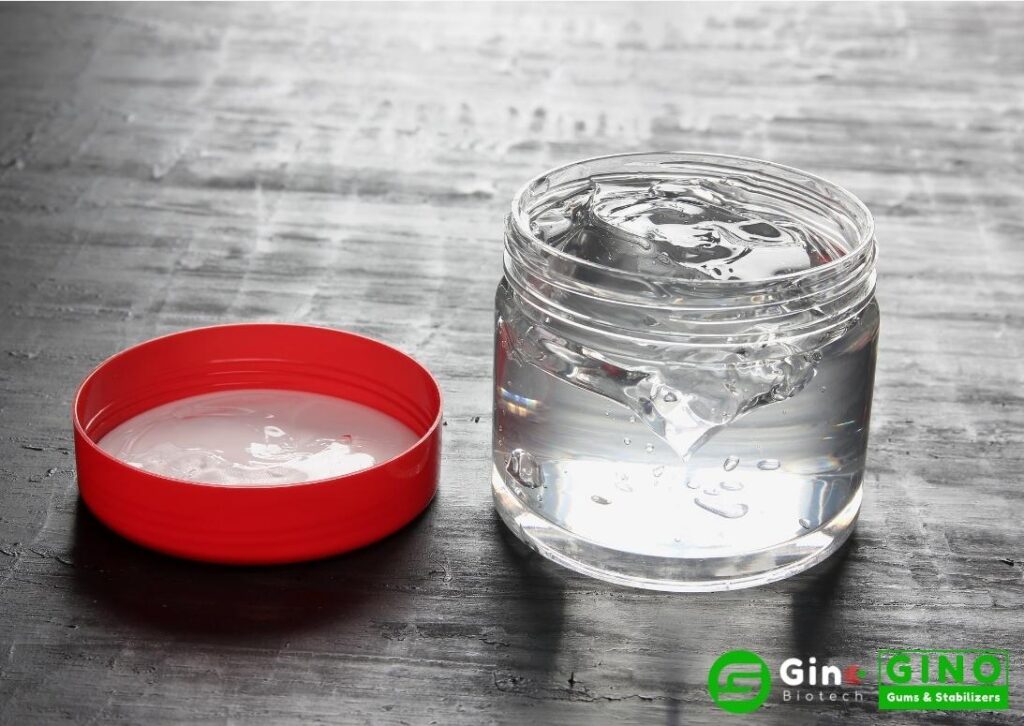
2. Dissolving Temperature
The dissolving temperature is the temperature at which the agar-agar starts to dissolve. Regular agar-agar has a higher dissolving temperature than low-temperature quick soluble agar. This means that regular agar-agar requires a higher temperature to dissolve than low-temperature quick soluble agar.
The dissolving temperature for regular agar-agar is above 95°C, while for low-temperature spreadable agar, it is around 60-80°C. The lower dissolving temperature of low-temperature spreadable agar makes it suitable for use in products that require lower processing temperatures.
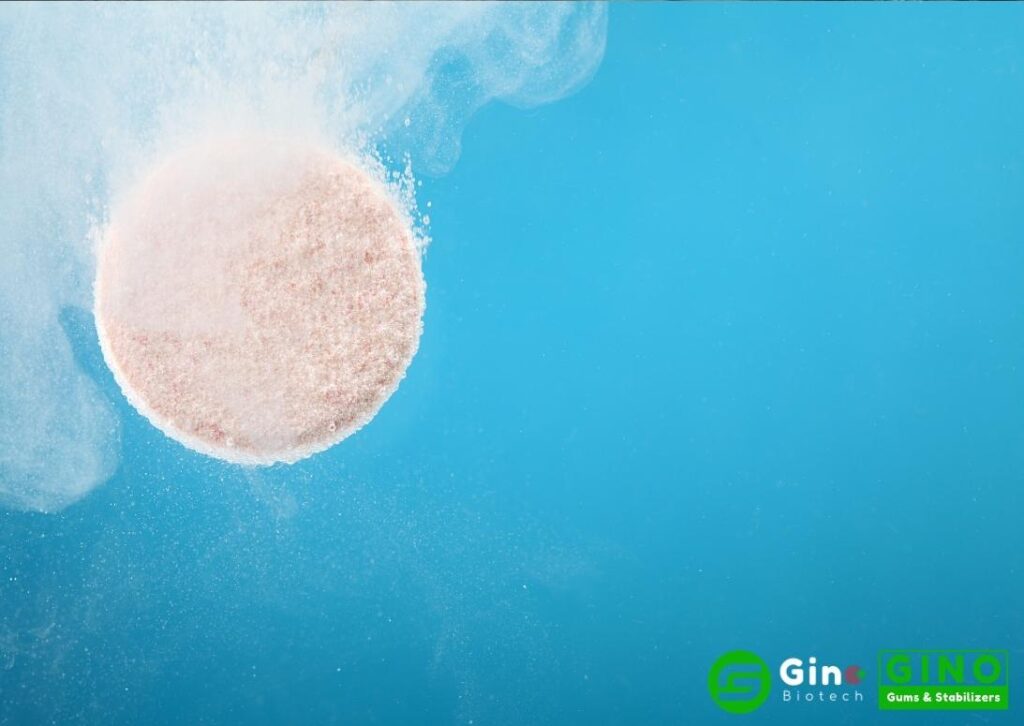
3. Dissolving Speed
Low-temperature quick soluble agar dissolves faster than regular agar-agar. It can dissolve completely in 5-10 minutes, while still maintains the original gel, stability and suspension properties.
This provides great convenience for the application of spreadable agar in various foods and greatly reduces its use cost.
However regular agar-agar can take up to 15 minutes to dissolve.

4. Clarity
Clarity refers to the transparency of the gel created by the agar-agar.
Regular agar-agar has a slightly lower transparency than low-temperature spreadable agar. This makes low-temperature spreadable agar ideal for use in products that require a clear appearance, such as desserts and jellies.
5. Versatility
Regular agar-agar is more versatile than low-temperature spreadable agar. It can be used in a wide range of food products, including dairy, confectionery, bakery, and meat products. Low-temperature spreadable agar, on the other hand, is best suited for use in products that require a clear appearance and low processing temperatures.
6. Price
The price of low-temperature spreadable agar is higher than that of regular agar-agar. This is due to the higher processing costs associated with producing spreadable agar.
Similarities
Both types of agar-agar are derived from seaweed and are plant-based.
Both types of agar-agar are used as gelling agents in a variety of applications.
Both types of agar-agar are free from animal products and are suitable for vegan and vegetarian diets.
In Conclusion
While regular agar-agar and low-temperature spreadable agar are both derived from seaweed and have similar properties, they differ in gel strength, dissolving temperature requirements, clarity, versatility and price. They have their own unique properties and are suitable for different applications. The choice between the two will depend on the specific requirements of the recipe and the desired end result.
Try quick soluble agar today and experience the difference for yourself. Order now and see the improvement in your results!
Contact Our teamRecent Posts
The Impact of Iota Carrageenan on Yogurt
2024-10-12
About Gino Biotech

We are a biotech company specializing in the research, development, and commercialization of innovative and technological food additives hydrocolloids Agar Agar, Carrageenan, and Tailor-Made Stabilizer Solutions.
With the extended know-how and experience in the research, application, and use of Hydrocolloids, we could provide one-stop-shop customized solutions perfectly matched to the needs of our customers.
Our products cover the needs of the Meat, Dairy, Bakery, Confectionery, and other industrial sectors.


